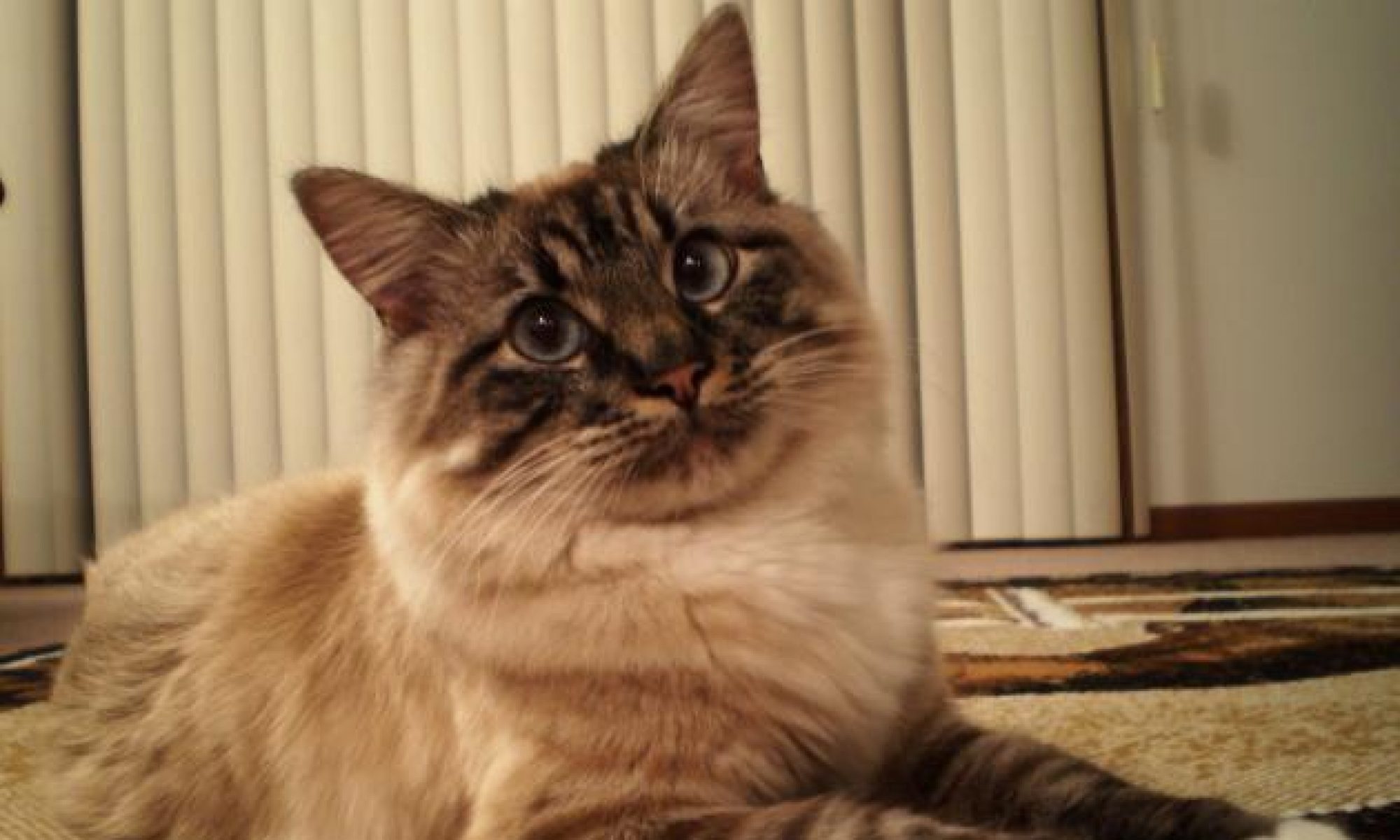Basics of Pregnancy and Birth in the Cat
Once a cat has been successfully mated, it takes up to two weeks for the fertilized egg to reach and implant itself in the uterine wall. Pregnancy takes an average of 63 days.
To check if your queen is indeed pregnant, feel her abdomen for “lumps,” which are the individual fetuses, from three to four weeks after pregnancy. Your veterinarian can do an ultrasound within two weeks of pregnancy. The individual heartbeats can be seen on the ultrasound beginning around day 22. X-rays aren’t useful until day 45 because they aren’t able to show the bones of the developing kittens until they are calcified.
Unlike in people and some other species, there are no reliable hormonal “markers” of pregnancy in cats. But there are several other signs to help determine if your cat is pregnant. First, if she has regular estrous (heat) cycles, they will suddenly stop. The teats will start to show a little more and also change color, from a more neutral tone to pink. Interestingly, some cats do experience vomiting, similar to humans. A pregnant cat will start eating more because her nutritional requirements have increased. She may also be more affectionate, stay close to you, or “ask” for more attention. When the pregnancy is well under way, you will see a more pronounced abdomen as the kittens develop and grow. Be aware, however, that cats can also go through a “false pregnancy,” which will mimic many of these signs.
Once the cat is ready to give birth and labor is about to begin, you may notice some behavioral changes such as restlessness, pacing, panting, nesting behavior, and being unfriendly toward strangers and other cats or animals. These behavioral changes are considered part of prelabor, the period right before labor and delivery. You should provide the queen with a box or cage containing nesting materials, such as blankets or towels. Nesting behavior is typically expressed about 12 to 48 hours before birth. Usually, she will seek out a secluded area to give birth to her kittens, so it is important to make sure she has a quiet, relatively dark place to feel safe. This is especially important for first-time mothers because, if stressed, they may not show maternal care toward the kittens.
After the cat has found a nesting area, she will usually start the active part of labor, which consists of uterine contractions. The cat will squat down, and may show visible signs of strenuous pushing. She may also lick her vulva, possibly to remove the discharge that is expelled right before birth. When a kitten enters the birth canal and its head or feet can be seen, it takes only a few minutes for birth. Sometimes the placental sac that surrounds it comes out a little bit before the kitten, and a fluid-filled “bubble” can be seen. Usually, this will break after delivery or the mother will lick it off. For all kittens, the cat will lick off membranes, chew through the umbilical cord, and may eat the placenta that surrounds the kitten.
Litter sizes for cats range from a single kitten up to 10, with an average of four kittens. The birthing process, from active labor to delivery of all kittens averages about half a day, though it can range from four hours to two days. Fortunately, cats generally do not experience many problems giving birth (dystocia). If a kitten is taking a long time to pass through the birth canal, if your cat has been in labor for a long time and is fatigued, or if her temperature is too high or too low for a long period of time, you should call your veterinarian.
Newborn kittens will have their eyes and ears sealed shut but can locate their mothers’ mammary glands by smell. They should begin nursing within 30 to 40 minutes after birth. It is important that kittens ingest colostrum within the first 24 hours. Owners should make sure that they are being cared for by their mother, are in a warm place, and are gaining weight every day.
For more information, see the Merck Veterinary Manual.
Daniela Sharma, Ph.D. – Rutgers University

